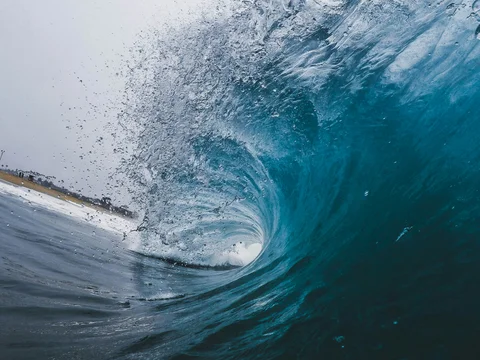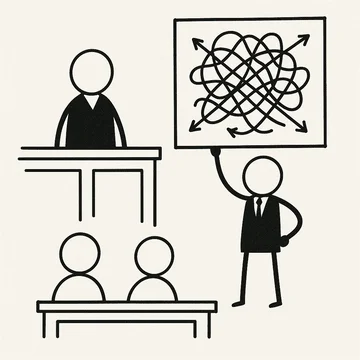In almost every case I have as a defendant, there's a moment around claim construction when I'm just sure I've got the plaintiff dead to rights. Under one construction, there's no infringement—under the other, the patent's invalid. I've just gotta turn the crank on the vise until those conniving jerks pop.

More often than not, however, this insoluble dilemma dissolves and I'm left cranking air.
It was thus with noticeable relish that I read Judge Bataillon's post-trial opinion in CR Bard Inc. v. AngioDynamics Inc. C.A. No. 1-15-218-JFB-SRF (D. Del. June 1, 2023)—where this spring was finally sprung.
The trap was—weirdly—in the term "suitable." The patents claimed a method for identifying a medical injection port as one of those "suitable" for high pressure applications such as CT scans (as well as apparatuses for doing the same). Apparently, the wrong sort of ports will explode if you use them for CT scans, so it's important for the doctor to know which kind you have.
The issue that came to the fore at trial was whether a "suitable" port was one that was broadly capable of withstanding high pressure, or if it needed to be able to meet some sort of safety and reliability threshold.
First off, the Court expressed some pretty clear frustration with Plaintiff's failure to raise this apparently crucial issue in the prior 8 years the case had been pending:
This case highlights the danger in construing claim terms during discovery, without the context of infringement and invalidity cases
Id. at 7
As will be detailed below, throughout the trial, Bard’s witnesses, both percipient
and expert, flouted the Court’s claim construction order, construing newly-material terms for the first time
Id. at 6.
It should go without saying that Bard’s new trial constructions . . . and the failure of the jury instructions to adequately account entitles AngioDynamics to a new trial—defendants being entitled to a properly instructed jury.
Id. at 9
There's more, but you get the drift. Plaintiff was not off to a good start with a new late construction.
The bigger issue was that—like in my dream scenario—Plaintiff's new construction didn't work everywhere:
Under Bard’s new constructions, imbued variously with the medical standard of care or safety to the FDA’s satisfaction, the claims recite patent-ineligible subject matter. Stripped of such considerations of safety and reliability—under the constructions Bard litigated for years—Bard’s own Adult Titanium port, among others, anticipates the asserted claims. And construing the terms anywhere in between these bounds renders the claims indefinite.
Id. at 9.
A trilemma! It's even better than I dared dream!
The Court then gamed out how the claims were invalid under every conceivable construction in exacting detail, noting how the plaintiff needed to shift their proposed construction in different portions of the case. Id. at 10 ("[T]ime and again, then, the testimony of Bard’s validity expert, Dr. Johnson, must be discarded because Bard’s infringement expert, Dr. Clark, testified otherwise."). It's really an engrossing read if you have the time.
Reading the opinion, the most surprising point is that Plaintiff won a total victory before the jury—willful infringement and no invalidity. It really makes me wish I'd gone down to see this one—seems like it was a real banger.
If you enjoyed this post, consider subscribing to receive free e-mail updates about new posts.






